Members Login

Channels
Special Offers & Promotions
Edinburgh Instruments Ltd
Products
Contact Edinburgh Instruments Ltd
All articles from Edinburgh Instruments Ltd
Identifying Thermally Activated Delayed Fluorescence (TADF) using an FS5 Spectrofluorometer
May 15, 2019
Electroluminescence and Photoluminescence Spectroscopy of a Phosphorescent Organic Light Emitting Diode
Feb 20, 2019
Temperature-Dependent Absolute Photoluminescence Quantum Yield (PLQY) Measurements of a Halide Perovskite
Jun 27, 2018
Media Partners


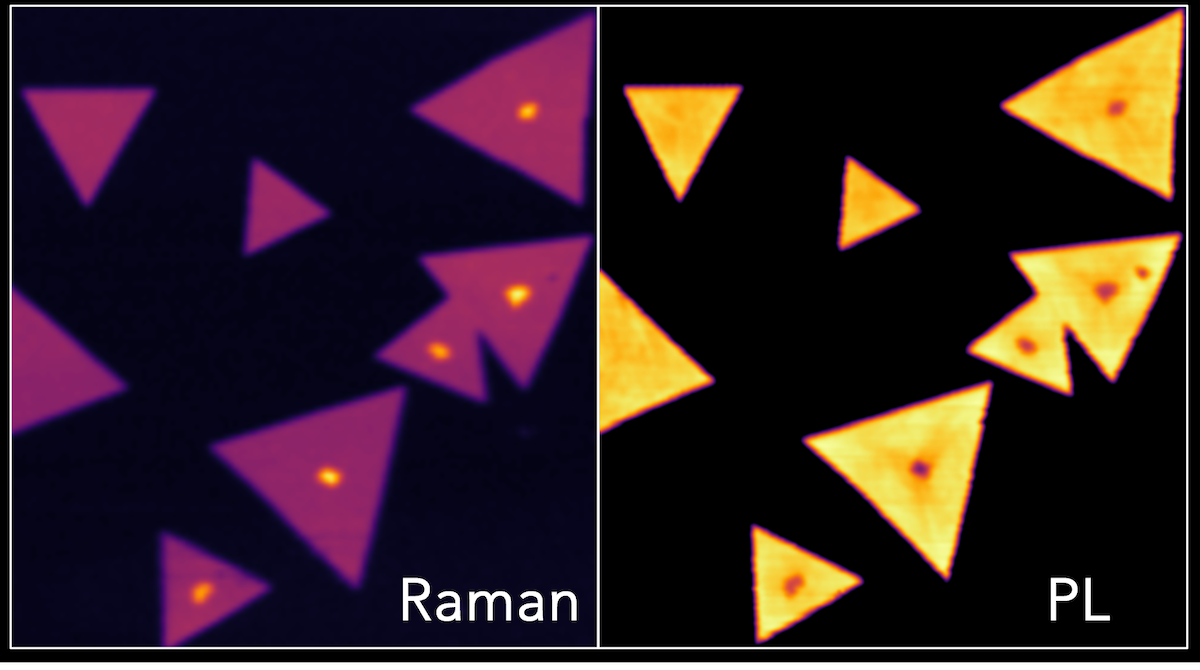 Transition metal dichalcogenides (TMDs) are a class of 2D materials which have unique optical and electronic properties. They are semiconductors with the chemical structure MX2 where M is a transition metal and X a chalcogen. After the isolation of graphene layers, research into alternative 2D layered materials which offer the same, or better, properties has surged...
Transition metal dichalcogenides (TMDs) are a class of 2D materials which have unique optical and electronic properties. They are semiconductors with the chemical structure MX2 where M is a transition metal and X a chalcogen. After the isolation of graphene layers, research into alternative 2D layered materials which offer the same, or better, properties has surged...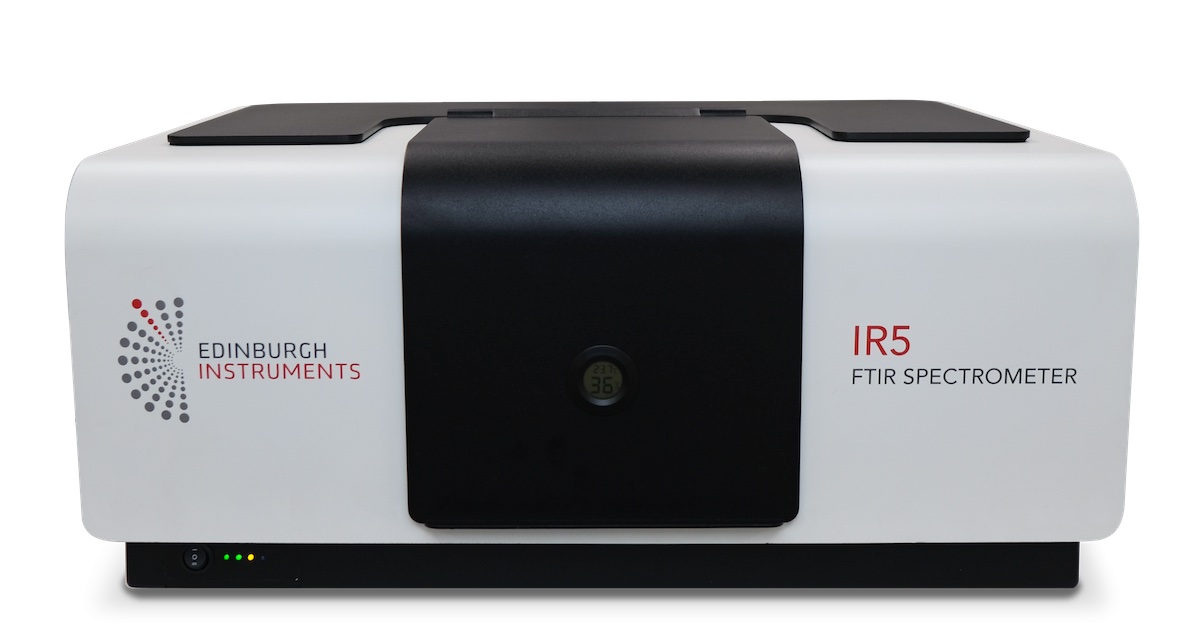 Edinburgh Instruments is delighted to announce the release of its new benchtop FTIR Spectrometer, the IR5, designed and manufactured at their global headquarters in Scotland. The IR5 is the first Fourier Transform Infrared (FTIR) spectrometer of the Edinburgh Instruments brand, renowned for its expertise in instrumentation for Raman, fluorescence, and UV-Vis absorption spectroscopies...
Edinburgh Instruments is delighted to announce the release of its new benchtop FTIR Spectrometer, the IR5, designed and manufactured at their global headquarters in Scotland. The IR5 is the first Fourier Transform Infrared (FTIR) spectrometer of the Edinburgh Instruments brand, renowned for its expertise in instrumentation for Raman, fluorescence, and UV-Vis absorption spectroscopies...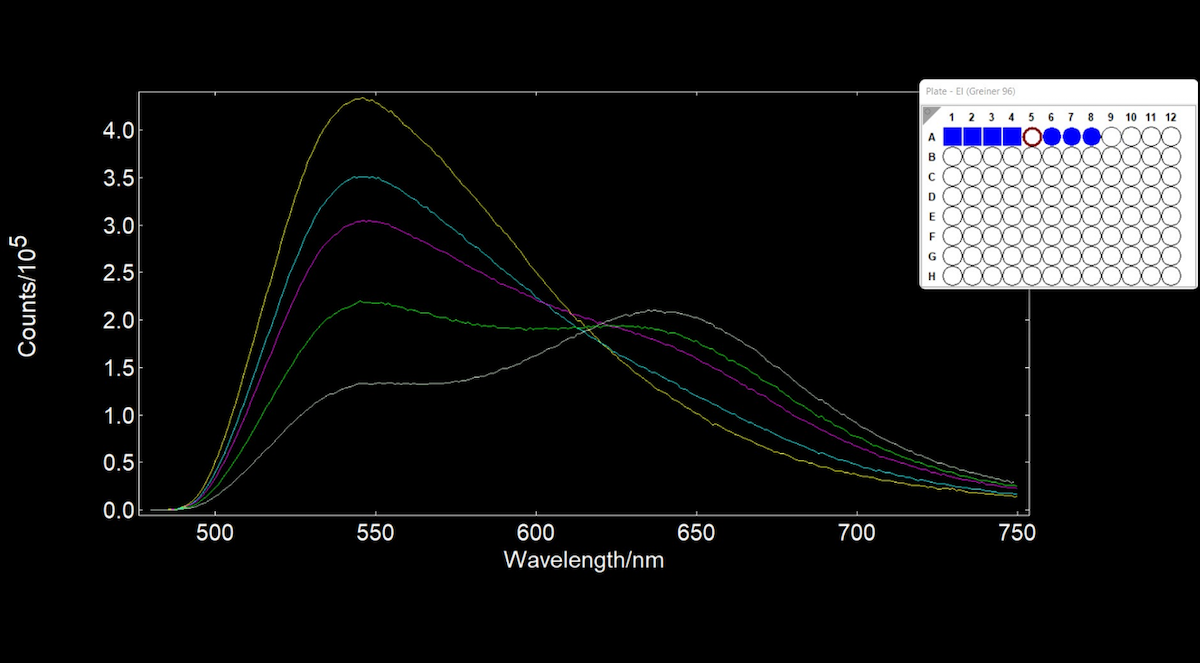 The SC-41 Plate Reader, a fluorescence plate reader, enables high throughput measurements on the FS5 Spectrofluorometer via the automated measurements of microwell plates. Standard and custom microwell plates can be measured containing up to 384 wells. Both spectral and lifetime measurements can be acquired, a unique feature of the SC-41. This technical note demonstrates the use of the SC-41 Plate Reader for ratio analysis...
The SC-41 Plate Reader, a fluorescence plate reader, enables high throughput measurements on the FS5 Spectrofluorometer via the automated measurements of microwell plates. Standard and custom microwell plates can be measured containing up to 384 wells. Both spectral and lifetime measurements can be acquired, a unique feature of the SC-41. This technical note demonstrates the use of the SC-41 Plate Reader for ratio analysis...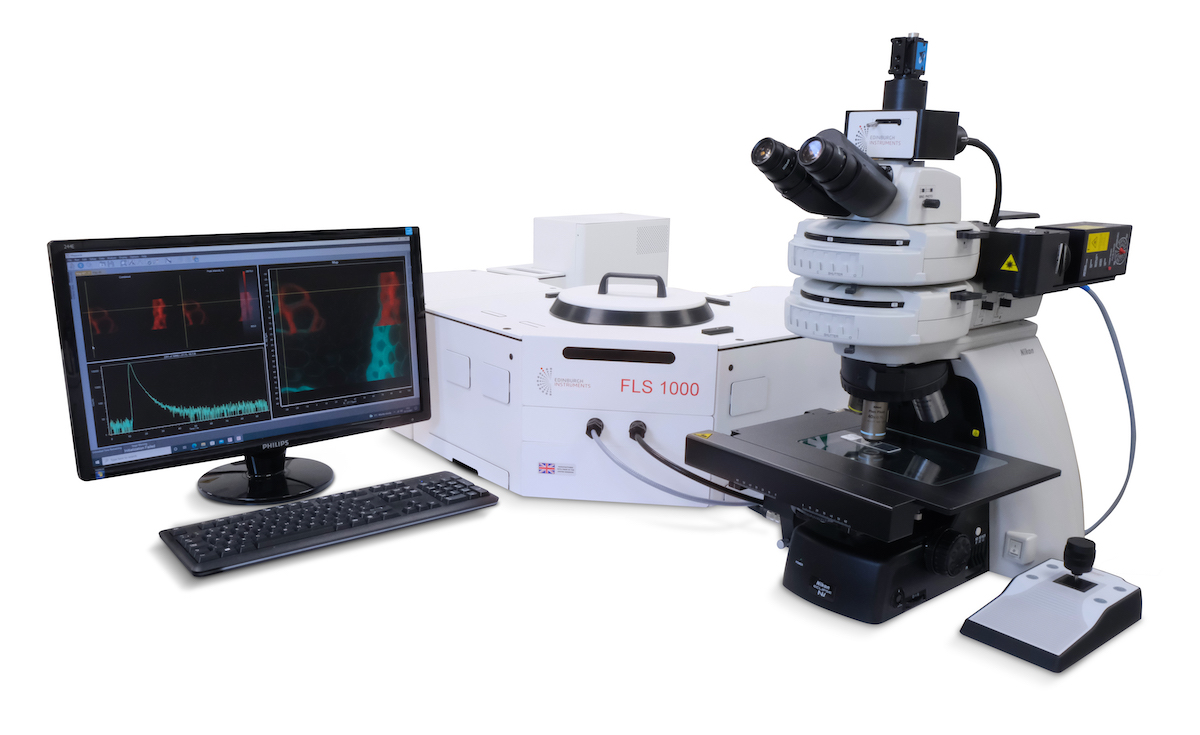 Edinburgh Instruments is delighted to announce the introduction of a new upgrade for its photoluminescence spectrometers, designed and manufactured at their global headquarters in Scotland. The MicroPL upgrade enables the study of spectral or time-resolved photoluminescence of samples in the microscopic scale by converting an Edinburgh Instruments photoluminescence (PL) spectrometer into a combined spectrometer and microscope system...
Edinburgh Instruments is delighted to announce the introduction of a new upgrade for its photoluminescence spectrometers, designed and manufactured at their global headquarters in Scotland. The MicroPL upgrade enables the study of spectral or time-resolved photoluminescence of samples in the microscopic scale by converting an Edinburgh Instruments photoluminescence (PL) spectrometer into a combined spectrometer and microscope system...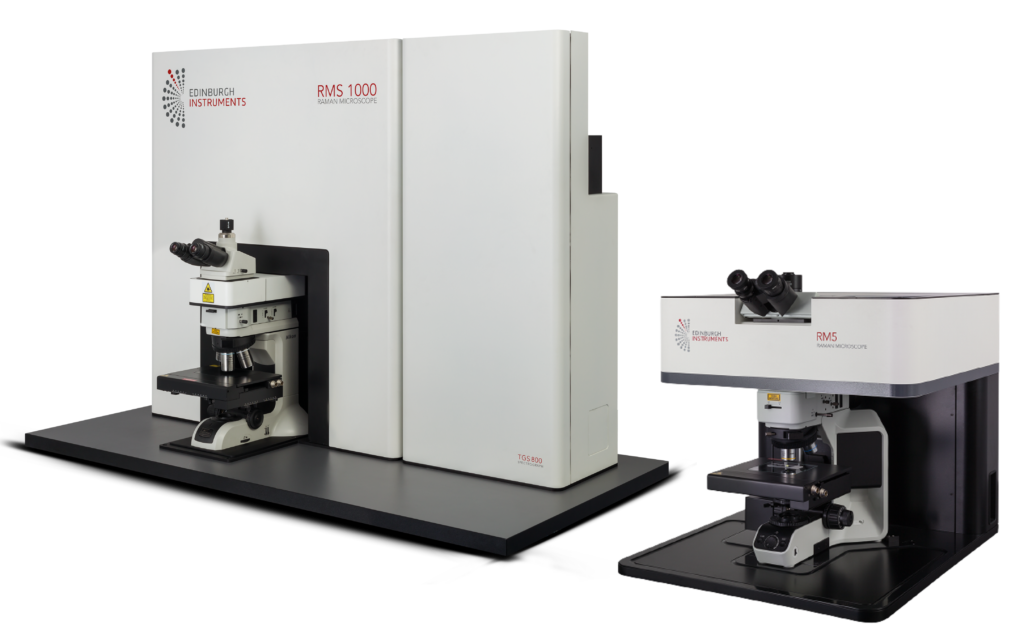 A diffraction grating is used to separate polychromatic light into its constituent wavelengths. In a Raman spectrometer diffraction gratings are used to separate the constituent wavelengths of the collected Raman scatter onto different pixels of the CCD camera for detection. All Raman spectrometers will require at least one diffraction grating and will frequently be configured to contain more than one to allow the user optimum grating selection for their samples and excitation wavelength(s).
A diffraction grating is used to separate polychromatic light into its constituent wavelengths. In a Raman spectrometer diffraction gratings are used to separate the constituent wavelengths of the collected Raman scatter onto different pixels of the CCD camera for detection. All Raman spectrometers will require at least one diffraction grating and will frequently be configured to contain more than one to allow the user optimum grating selection for their samples and excitation wavelength(s).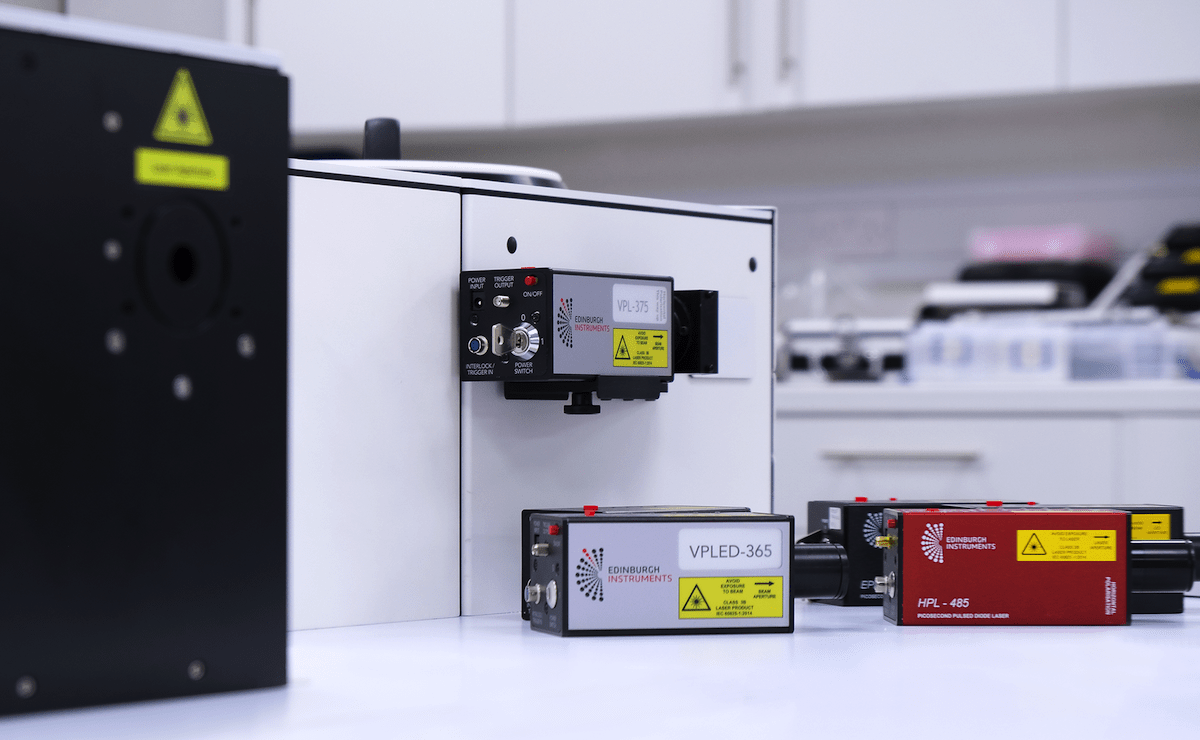 Edinburgh Instruments is delighted to launch a series of pulsed light sources for time-resolved photoluminescence spectroscopy. The VPL, VPLED and HPL series of pulsed diode lasers and LEDs expand the range of compact, monochromatic sources on offer, while the AGILE supercontinuum laser provides tunable picosecond pulses across the visible and NIR regions...
Edinburgh Instruments is delighted to launch a series of pulsed light sources for time-resolved photoluminescence spectroscopy. The VPL, VPLED and HPL series of pulsed diode lasers and LEDs expand the range of compact, monochromatic sources on offer, while the AGILE supercontinuum laser provides tunable picosecond pulses across the visible and NIR regions...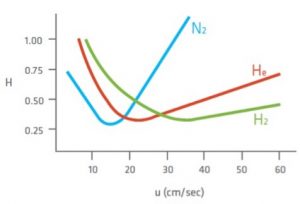 In Gas Chromatography there are three gases that are commonly used as a carrier gas: nitrogen, helium and hydrogen. The importance of carrier gas selection has been a discussion point amongst the users of Gas Chromatography for many years. When selecting the right carrier gas the user has to consider different parameters such as; price, performance, speed, analytical compatibility or just availability....
In Gas Chromatography there are three gases that are commonly used as a carrier gas: nitrogen, helium and hydrogen. The importance of carrier gas selection has been a discussion point amongst the users of Gas Chromatography for many years. When selecting the right carrier gas the user has to consider different parameters such as; price, performance, speed, analytical compatibility or just availability....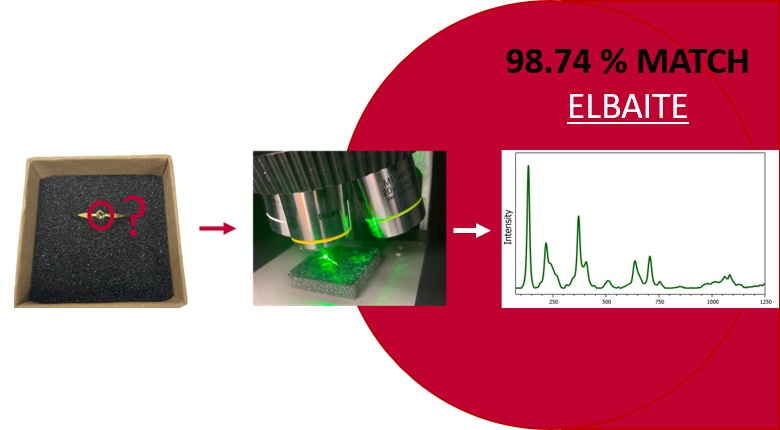 Gemstones are pieces of mineral crystal cut and polished for use in the gem and jewellery industry. The term gemstone covers a wide variety of gems, roughly over 200 types of natural gemstones exist. Gemstones can be separated into two classifications: precious stones, such as sapphires, and semi-precious, such as garnet. The value of these stones depends on their colour, size, quality, and rarity...
Gemstones are pieces of mineral crystal cut and polished for use in the gem and jewellery industry. The term gemstone covers a wide variety of gems, roughly over 200 types of natural gemstones exist. Gemstones can be separated into two classifications: precious stones, such as sapphires, and semi-precious, such as garnet. The value of these stones depends on their colour, size, quality, and rarity...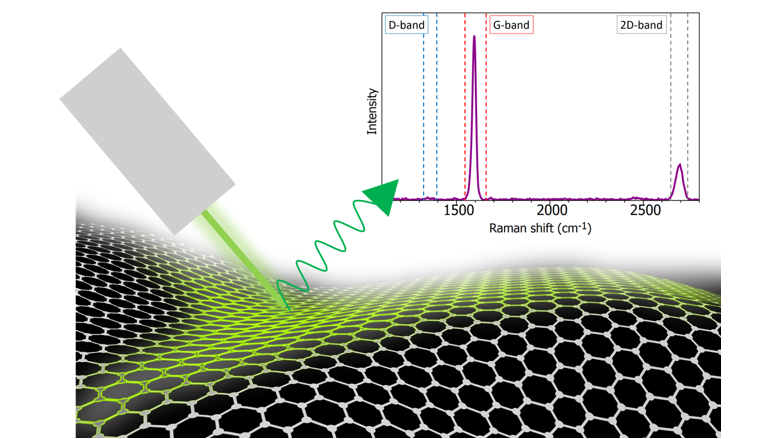 In this application note, an Edinburgh Instruments RM5 Raman Microscope is used to highlight how Raman microscopy an essential tool for any material scientist researching graphene. First reported in Science in 2004, graphene is commonly termed the “wonder material” due to its impressive properties. Geim and Novoselov, the two scientists behind the first isolation of graphene, were awarded the 2010 Nobel Prize in Physics for their pioneering research into graphene....
In this application note, an Edinburgh Instruments RM5 Raman Microscope is used to highlight how Raman microscopy an essential tool for any material scientist researching graphene. First reported in Science in 2004, graphene is commonly termed the “wonder material” due to its impressive properties. Geim and Novoselov, the two scientists behind the first isolation of graphene, were awarded the 2010 Nobel Prize in Physics for their pioneering research into graphene.... Edinburgh Instruments is delighted to announce the launch of the new RMS1000 Raman Microscope designed and manufactured at their global headquarters in Scotland. The RMS1000 Raman Microscope is an open architecture, research grade confocal Raman Microscope. It has been designed to be adapted to almost any modern, state-of-the-art Raman application. This high-end research tool has been built with no compromises; resulting in a system that stands alone in both specification and ease of use....
Edinburgh Instruments is delighted to announce the launch of the new RMS1000 Raman Microscope designed and manufactured at their global headquarters in Scotland. The RMS1000 Raman Microscope is an open architecture, research grade confocal Raman Microscope. It has been designed to be adapted to almost any modern, state-of-the-art Raman application. This high-end research tool has been built with no compromises; resulting in a system that stands alone in both specification and ease of use.... “Microplastics have invaded virtually every crevice on Earth” – a recent headline from a National Geographic article that highlights the global issue of the volume of microplastics in our environment. Microplastics are defined as small solid particles of less than 5 mm composed of polymers. Additionally, they may also contain additives, such as dyes, and impurities from manufacturing. They are either described as primary microplastics which are plastics intentionally made small (e.g. microbeads), or secondary microplastics...
“Microplastics have invaded virtually every crevice on Earth” – a recent headline from a National Geographic article that highlights the global issue of the volume of microplastics in our environment. Microplastics are defined as small solid particles of less than 5 mm composed of polymers. Additionally, they may also contain additives, such as dyes, and impurities from manufacturing. They are either described as primary microplastics which are plastics intentionally made small (e.g. microbeads), or secondary microplastics...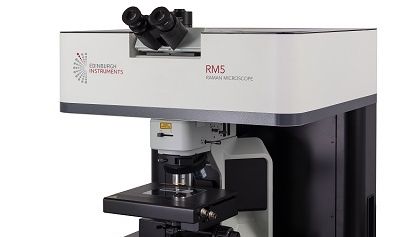 To mark the recent launch of Edinburgh Instruments new RM5 Raman Microscope, the company has today announced its partnership with Bio-Rad and its KnowItAll Raman Spectral Identification Partner Program. The partnership enables Edinburgh Instruments to give its customers access to the largest Raman Spectral Database and Raman Identification Software....
To mark the recent launch of Edinburgh Instruments new RM5 Raman Microscope, the company has today announced its partnership with Bio-Rad and its KnowItAll Raman Spectral Identification Partner Program. The partnership enables Edinburgh Instruments to give its customers access to the largest Raman Spectral Database and Raman Identification Software....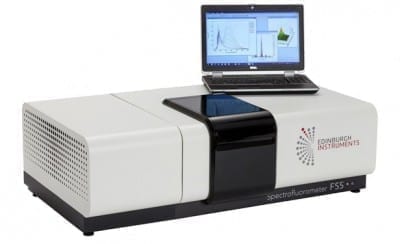 Thermally activated delayed fluorescence (TADF), also known as E-type delayed fluorescence, was first observed in 1924 by Francis Perrin.1,2 In 2012 it received a resurgence in attention, and exposure to a wider audience, when Professor Chihaya Adachi and colleagues at Kyushu University used the TADF mechanism to harvest triplet excitons in organic light emitting diodes (OLED) and create a new type....
Thermally activated delayed fluorescence (TADF), also known as E-type delayed fluorescence, was first observed in 1924 by Francis Perrin.1,2 In 2012 it received a resurgence in attention, and exposure to a wider audience, when Professor Chihaya Adachi and colleagues at Kyushu University used the TADF mechanism to harvest triplet excitons in organic light emitting diodes (OLED) and create a new type....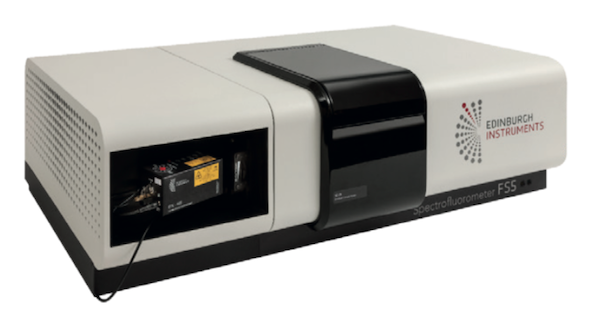 Our daily experience with organic (carbon based) materials such as polyethylene shopping bags and polyvinyl chloride insulation on cables suggests that they should be electrical insulators and this is indeed true for the majority of organic materials. However, there exists a small subset of organic materials with a particular electronic structure that are semiconducting in nature and can be used to make optoelectronic devices such as light emitting diodes...
Our daily experience with organic (carbon based) materials such as polyethylene shopping bags and polyvinyl chloride insulation on cables suggests that they should be electrical insulators and this is indeed true for the majority of organic materials. However, there exists a small subset of organic materials with a particular electronic structure that are semiconducting in nature and can be used to make optoelectronic devices such as light emitting diodes... Semiconductor quantum dots possess an array of attractive properties, including; high photoluminescence quantum yields (PLQY), solution processability and highly tuneable band gaps. These properties make quantum dots ideal for optoelectronic devices such as light emitting diodes and semiconductor lasers where they serve as emitters or in photodiodes and solar cells where they serve equally well as light absorbers. In addition, their light emission properties also make them a promising new class of fluorescent probe for biomedical fluorescence imaging...
Semiconductor quantum dots possess an array of attractive properties, including; high photoluminescence quantum yields (PLQY), solution processability and highly tuneable band gaps. These properties make quantum dots ideal for optoelectronic devices such as light emitting diodes and semiconductor lasers where they serve as emitters or in photodiodes and solar cells where they serve equally well as light absorbers. In addition, their light emission properties also make them a promising new class of fluorescent probe for biomedical fluorescence imaging...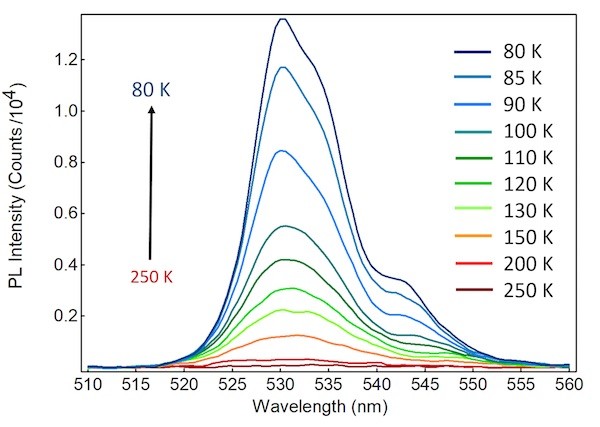 Halide perovskites are a promising class of materials for a wide variety of optoelectronic applications such as photovoltaics, light emitting diodes, lasers and optical sensing. They have received widespread attention due to their many attractive synthetic and photophysical properties, namely: solution processability, high tunability, long charge carrier lifetimes and high charge carrier mobilities...
Halide perovskites are a promising class of materials for a wide variety of optoelectronic applications such as photovoltaics, light emitting diodes, lasers and optical sensing. They have received widespread attention due to their many attractive synthetic and photophysical properties, namely: solution processability, high tunability, long charge carrier lifetimes and high charge carrier mobilities...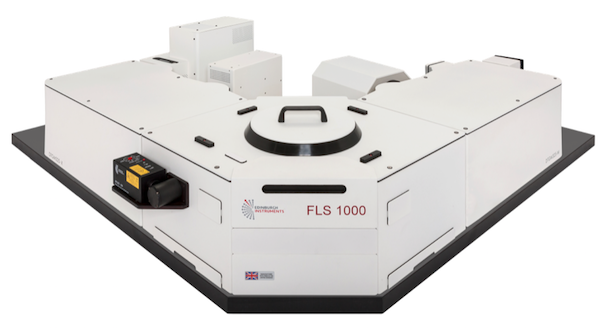 We are happy to share our latest application note where we demonstrate how the FLS1000 Photoluminescence Spectrometer can be used for studying the carrier lifetime in perovskite photovoltaic cells. We are pleased to have worked alongside the research group of Prof. Ifor Samuel at St Andrews University. Halide perovskite materials are revolutionising the field of solar cell research thanks to their low cost and high efficiency...
We are happy to share our latest application note where we demonstrate how the FLS1000 Photoluminescence Spectrometer can be used for studying the carrier lifetime in perovskite photovoltaic cells. We are pleased to have worked alongside the research group of Prof. Ifor Samuel at St Andrews University. Halide perovskite materials are revolutionising the field of solar cell research thanks to their low cost and high efficiency...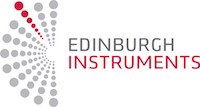 Edinburgh Instruments parent company, Techcomp (Europe) Ltd (TEU), has acquired Dubai based AASolutions FZCo and re-named the business Techcomp (Middle East) FZCo (TME). This new Middle-East office enables Edinburgh Instruments to have a local platform in the region for supporting future sales and service requirements. In addition, TME will offer sales and service support for other leading Techcomp brands such as Scion Instruments...
Edinburgh Instruments parent company, Techcomp (Europe) Ltd (TEU), has acquired Dubai based AASolutions FZCo and re-named the business Techcomp (Middle East) FZCo (TME). This new Middle-East office enables Edinburgh Instruments to have a local platform in the region for supporting future sales and service requirements. In addition, TME will offer sales and service support for other leading Techcomp brands such as Scion Instruments...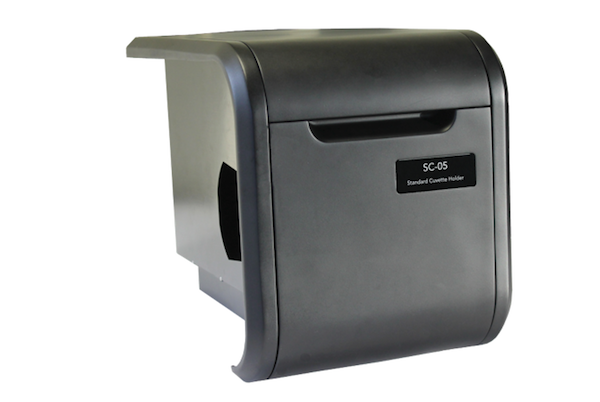 Edinburgh Instruments is excited to share the latest upgrades to our FS5 Sample Cassettes range. The easy-to-use cassettes see improvements that provide users ease of access, and time-saving features that makes operation more straightforward. With the use of a new, harder wearing material, the cassettes include a ‘Plug n Play’ feature that allows our Fluoracle Software to automatically recognise which measurement module is being used....
Edinburgh Instruments is excited to share the latest upgrades to our FS5 Sample Cassettes range. The easy-to-use cassettes see improvements that provide users ease of access, and time-saving features that makes operation more straightforward. With the use of a new, harder wearing material, the cassettes include a ‘Plug n Play’ feature that allows our Fluoracle Software to automatically recognise which measurement module is being used....